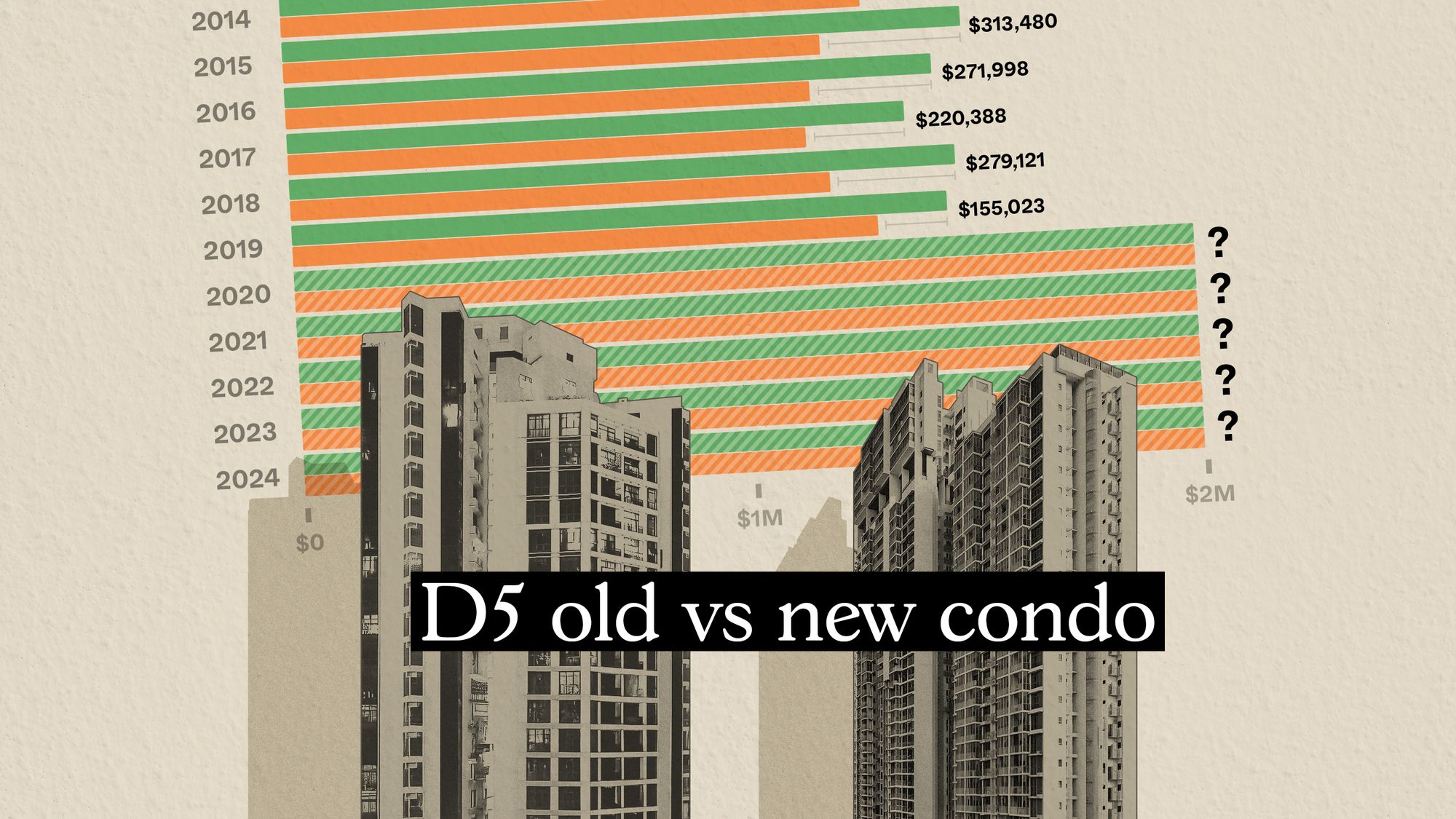5 Important Details That Aren’t Obvious On Your Condo Floor Plan
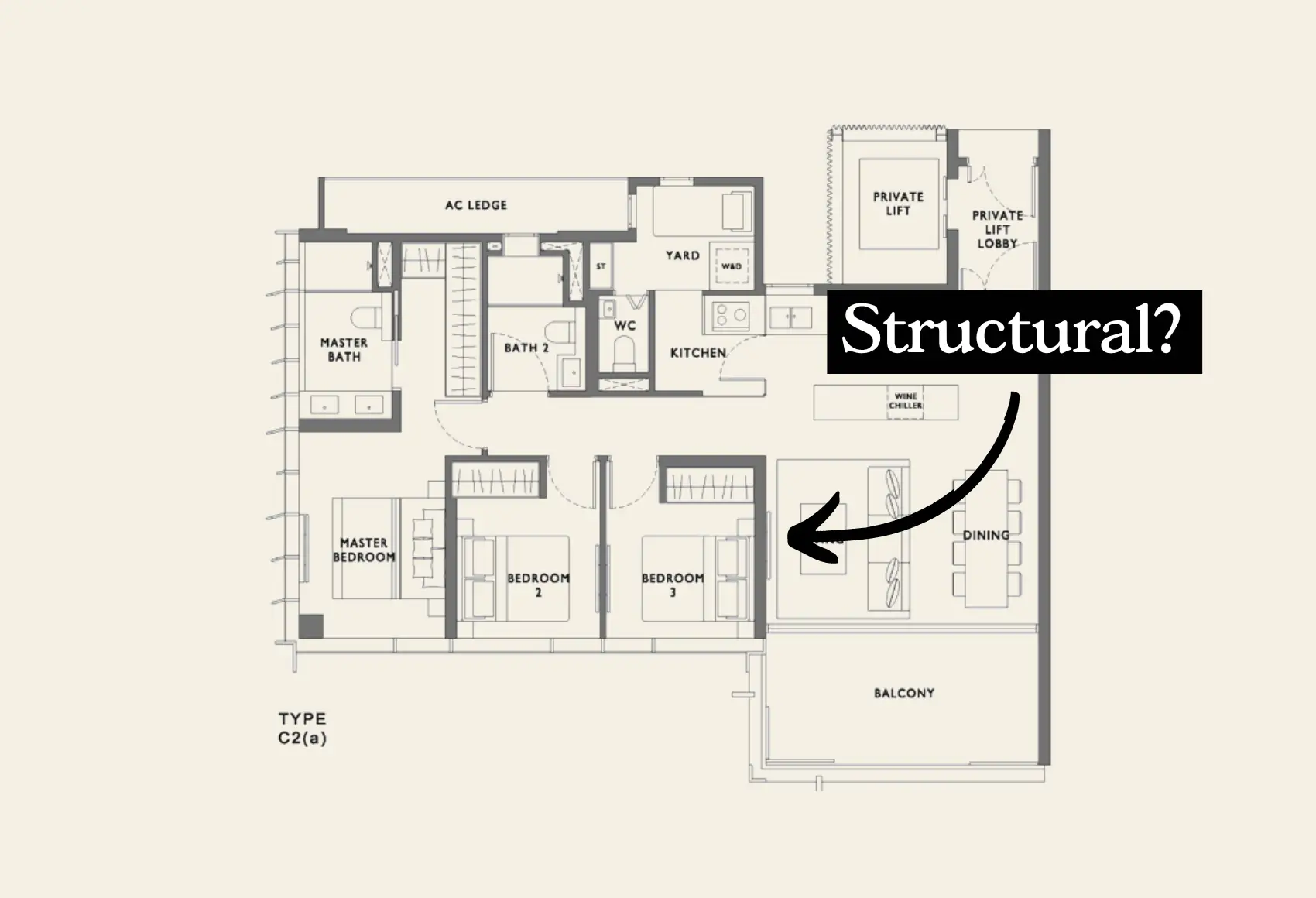
Get The Property Insights Serious Buyers Read First: Join 50,000+ readers who rely on our weekly breakdowns of Singapore’s property market.
A seasoned content strategist with over 17 years in the real estate and financial journalism sectors, Ryan has built a reputation for transforming complex industry jargon into accessible knowledge. With a track record of writing and editing for leading financial platforms and publications, Ryan's expertise has been recognised across various media outlets. His role as a former content editor for 99.co and a co-host for CNA 938's Open House programme underscores his commitment to providing valuable insights into the property market.
Wise property buyers spend more time looking at the floor plan than the show flat; but even this isn’t a perfect way to catch everything. There are important elements that may be left out of the floor plan – and by the time you catch them, the unit has probably been built, and your Interior Designer is giving you the bad news. Here are some of the things to ask about, as you may not see them on paper:
1. Ask about the ceiling height of the various rooms
If the ceiling height is substantially higher than normal (e.g., over three metres), this is sometimes marked on the floor plan with an “X” across the room. Not every floor plan shows this though, so it’s best to check.
A good example of this is at Perfect Ten, where it shows just a normal floor plan – but the ceiling height is actually 3.225 metres high (which is certainly higher than average).
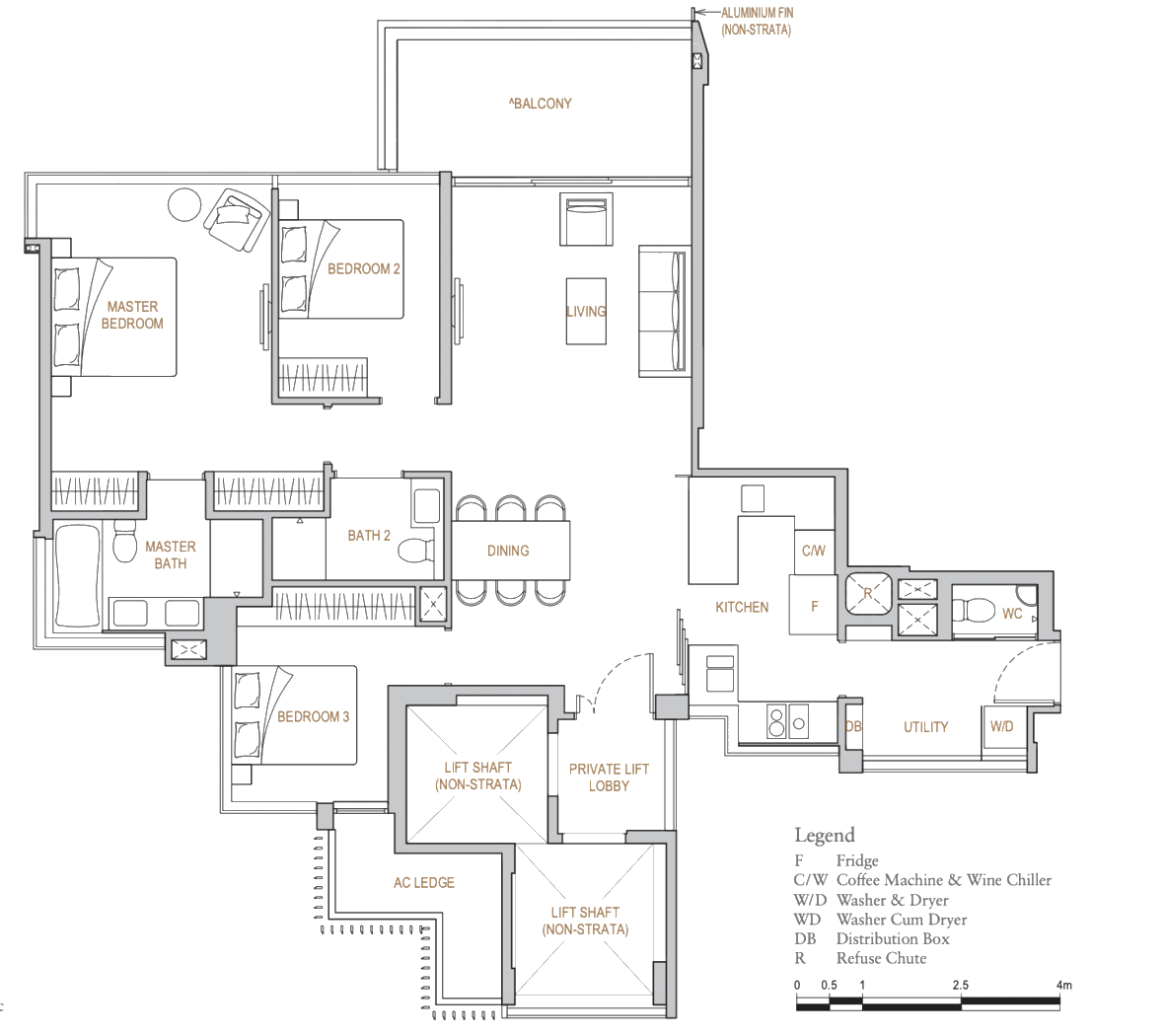
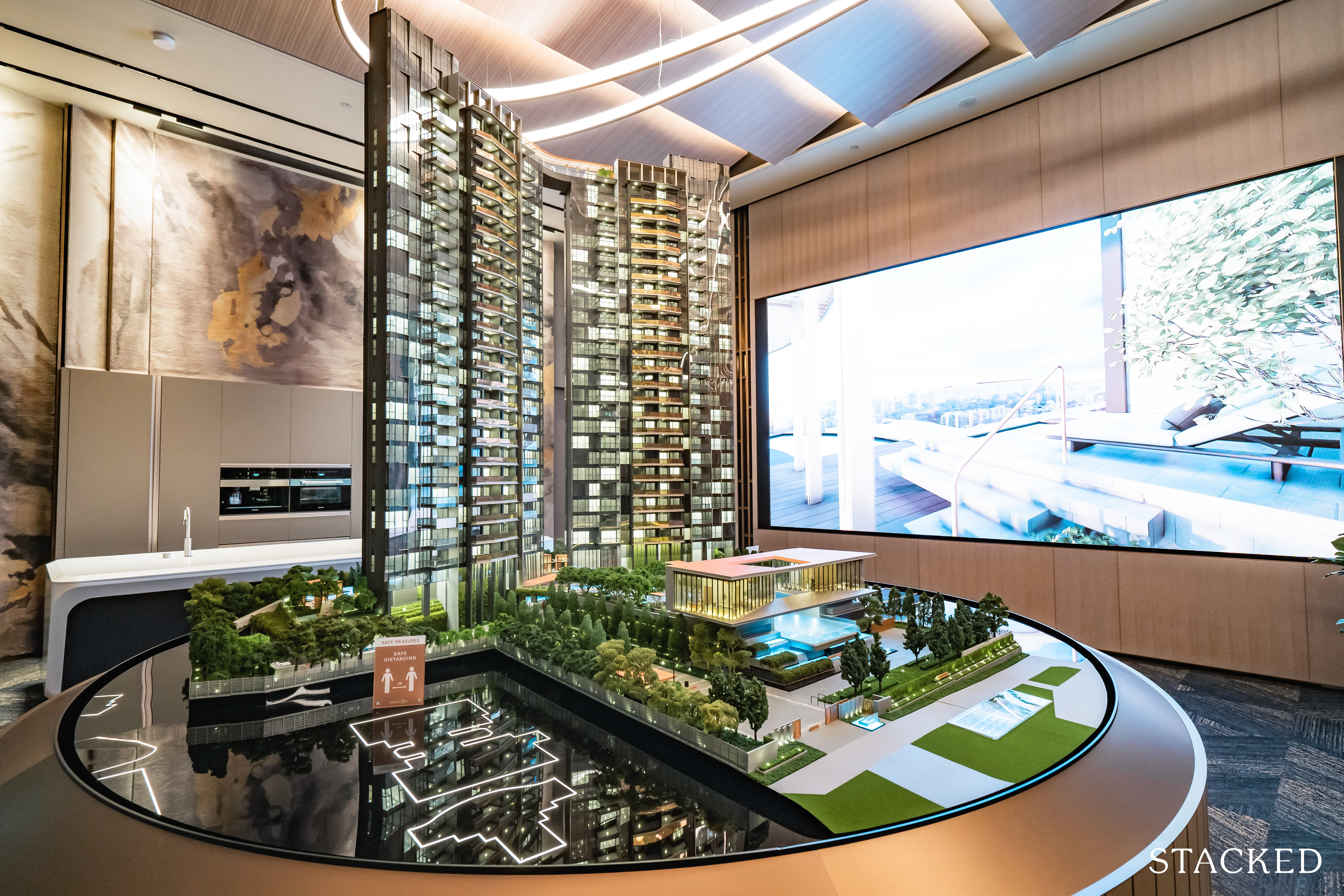
Editor's PickPerfect Ten Review: A Luxurious Condo With Good Layouts And Storage with A 3.225m High Ceiling
by Matt KFor ceilings that are a little bit higher than usual, this is usually not indicated on the floor plan at all. This is a pity, since a slightly higher ceiling can make for a more impressive living room or bedroom; and from a design perspective, it introduces new possibilities, like a more elaborate false ceiling. You don’t want to miss out these details when comparing between 2 floor plans, so do ask the sales team or agent.
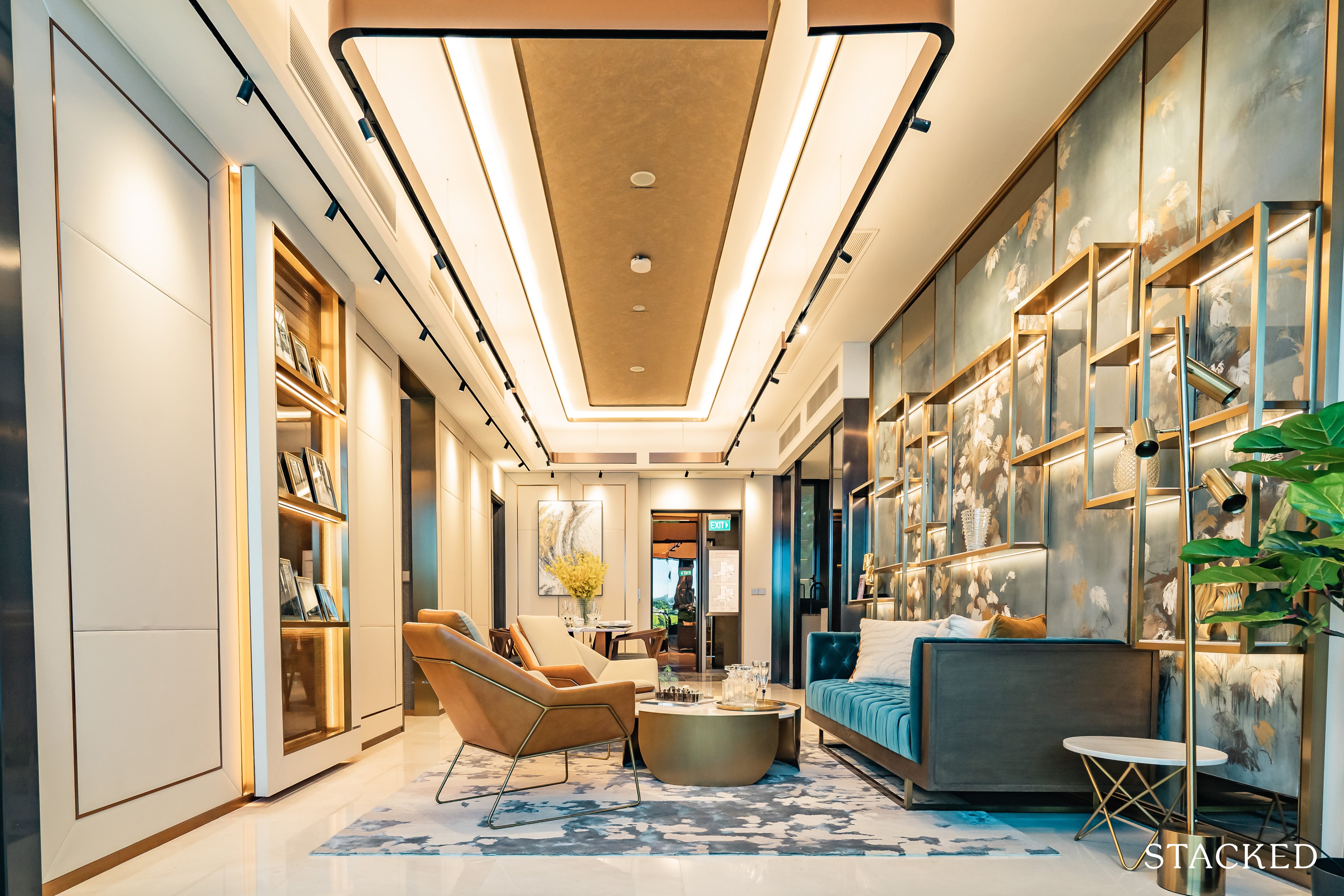
Also don’t forget that the heights of windows, doors, or built-in cabinetry are not indicated on the floor plan. It may, for instance, elude you that one unit has a gorgeous floor-to-ceiling picture window, whereas another just has a regular window in the living room.
2. Some floor plans don’t use wall symbols
The floor plans shown to buyers are not always as exacting as the ones shown to engineers, builders, etc. These are edited for simplicity and attractiveness, and that often means eliminating wall symbols.
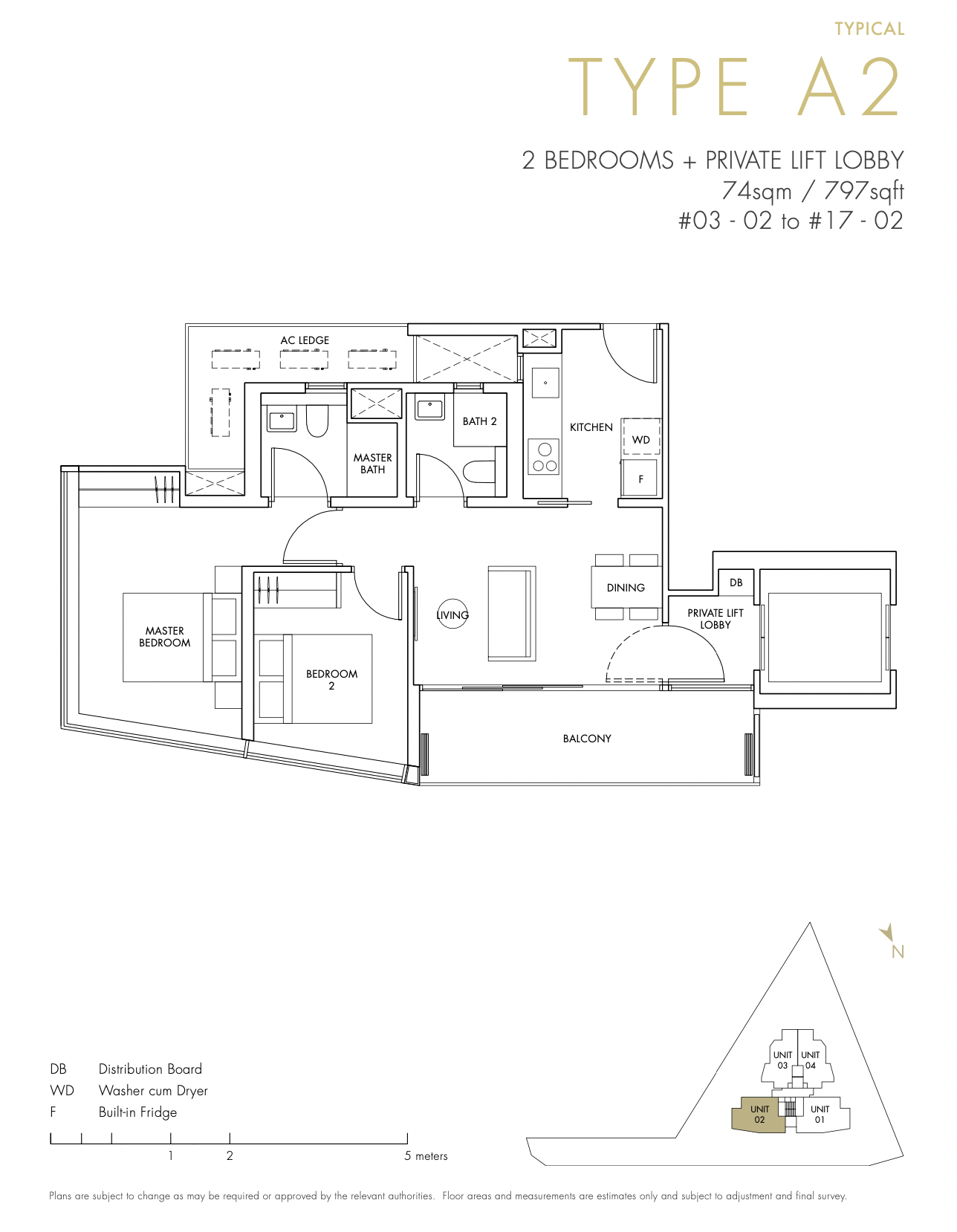
The most important issue is differentiation between load-bearing and non-load bearing walls. If indicated, the load-bearing walls will be bolder (thicker lines), but not every plan shows this. Load-bearing walls cannot normally be moved, so your interior design may face restrictions. You may not, for instance, be able to merge two bedrooms, or merge a dual-key unit into a single unit.
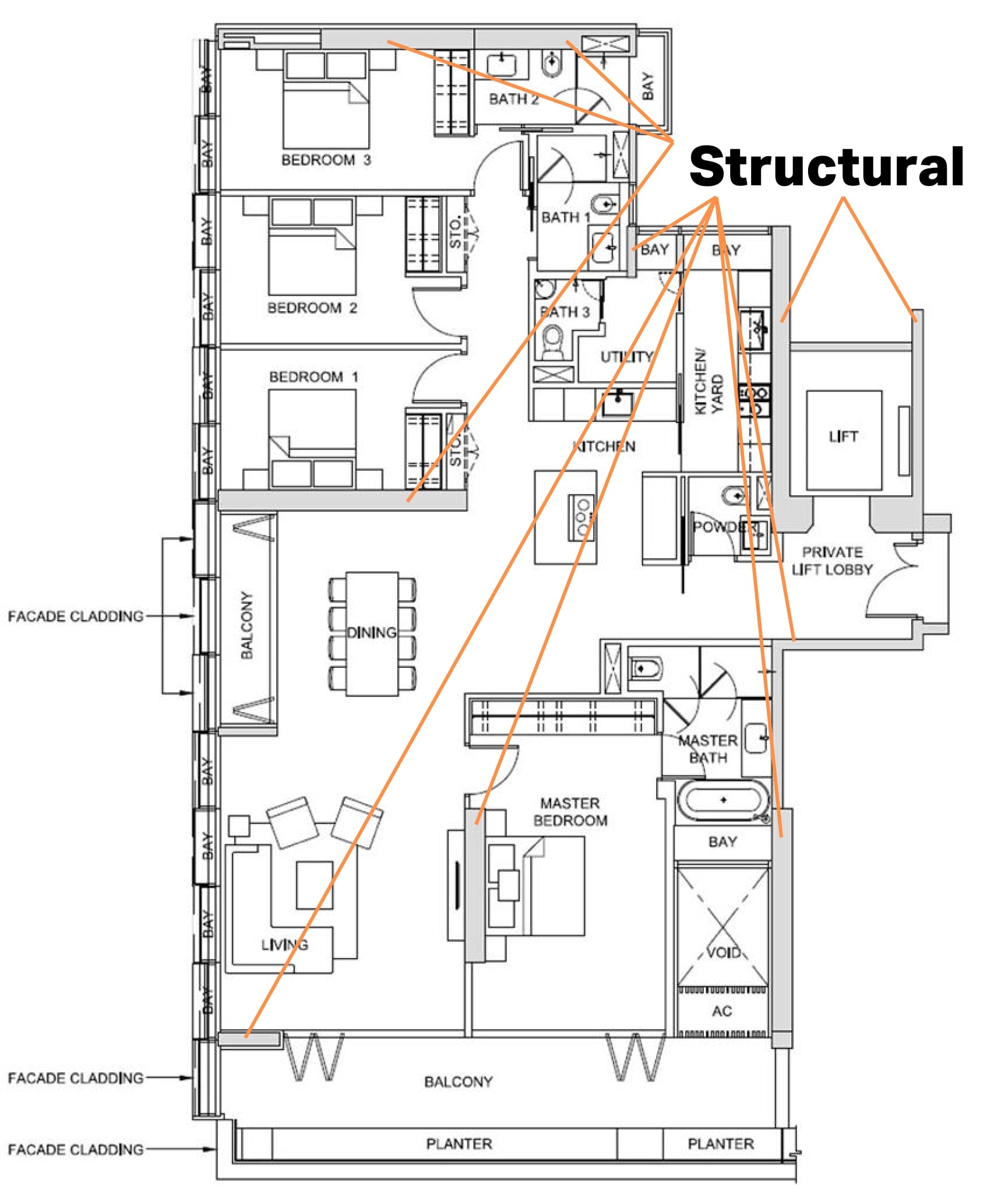
For condo or HDB units that are at the ends of corners of the block, there may be gable-end walls. These can never be demolished (lest you have a gigantic hole in your unit leading outside!)
For landed properties, where it’s more common for walls to be built of different materials (e.g., wood or brick instead of concrete), note that the floor plan may not reflect this.
3. The appliance and furniture symbols can be misleading
There are often images of beds, dining room tables, and in some cases appliances shown on the floor plan. This is to give you a sense of how a particular item fits into the room. However, the actual dimensions of these items are not given, and these can be misleading.
An image may suggest you can fit a double-bedder into a room; but once you actually do this, you might find you can barely open some doors without them hitting the bed. Toilets are also a spot where this deception happens: some homeowners find out too late that, when the toilet door is fully opened, it almost grazes their knees when they’re on the toilet bowl.
These issues can be fixed by changing the doors (e.g., replacing swing doors with sliding or folding doors), but it’s nice to know beforehand, as it adds to your renovation bill.
4. Beams and some structural columns are not indicated
Beams are ceiling features that you won’t see on floor plans. These can never be moved, and are considered inauspicious by some people (it’s bad Feng Shui to sleep under a beam, for example.) Do keep in mind that, even if you don’t believe in this, future buyers might. Beams can also get in the way of certain design themes, although a skilled designer could probably find ways to conceal them.
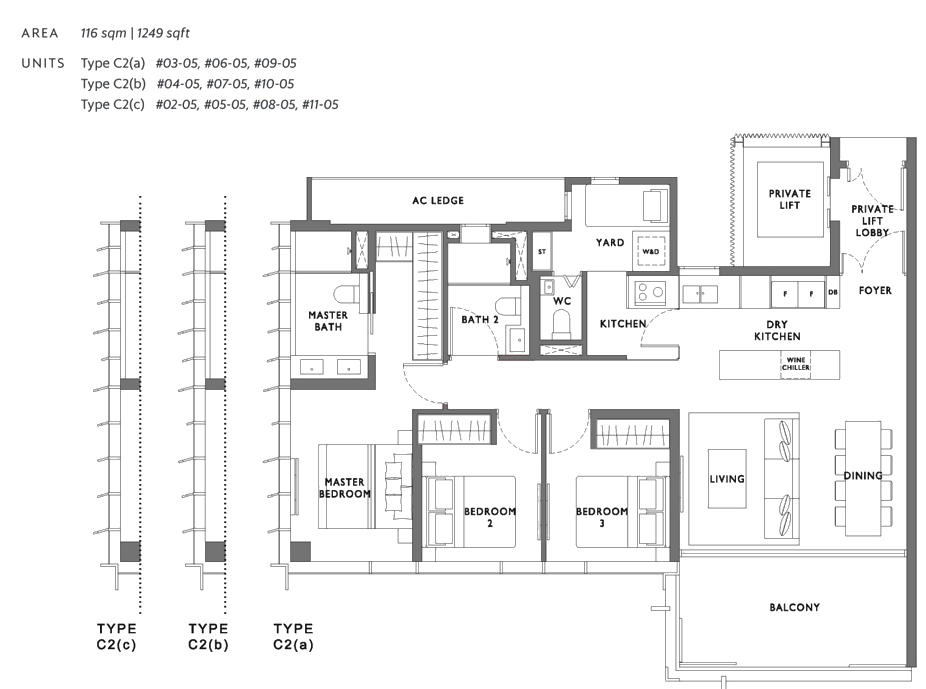
Structural columns may be part of the wall, sometimes appearing as T-shaped or I-shaped protrusions. These are generally easier to disguise with the use of false walls or even storage features. Again though, that adds to the renovation bill, if you end up hating the look.
5. Slight elevations and depressions are not reflected
In some layouts, certain rooms may be a bit elevated from others; or there may be parts of a room that are raised (e.g., a raised area in the living room, meant to differentiate it as a dining space.) These are usually just a few 100 millimetres.
Some floor plans show this, but most don’t. This might be a slight issue when it comes to design themes, as some homeowners don’t like these discrepancies; your contractor or designer may have to find ways to make it level. On the flip side, it may be something you prefer, as a way to differentiate spaces without using partitions.
Where possible, show the floor plans to an Interior Designer or contractor before you buy. This is to get a qualified opinion on whether your desired design themes are possible, and how much work would be required. You can also reach out to us on Stacked, and check out our in-depth review of various new launch unit layouts.
If you’d like to get in touch for a more in-depth consultation, you can do so here.
Ryan J
A seasoned content strategist with over 17 years in the real estate and financial journalism sectors, Ryan has built a reputation for transforming complex industry jargon into accessible knowledge. With a track record of writing and editing for leading financial platforms and publications, Ryan's expertise has been recognised across various media outlets. His role as a former content editor for 99.co and a co-host for CNA 938's Open House programme underscores his commitment to providing valuable insights into the property market.Read next from Property Advice

Property Advice Most New Condo Buyers in Singapore Forget to Check This Before Buying (Until It’s Too Late)

Property Advice Why I Sold My 40-Year-Old Jurong Flat For A Newer Bukit Panjang One: A Buyer’s Case Study

Property Advice 5 Ways To Get A Better Price For Your Property When The Market Is Changing

Property Advice 5 Telltale Signs to Watch Before Property Prices Move In Singapore
Latest Posts

Property Market Commentary Buying a New Launch Condo Has Changed in 2025 — Here Are the Key Details Most Buyers Overlook
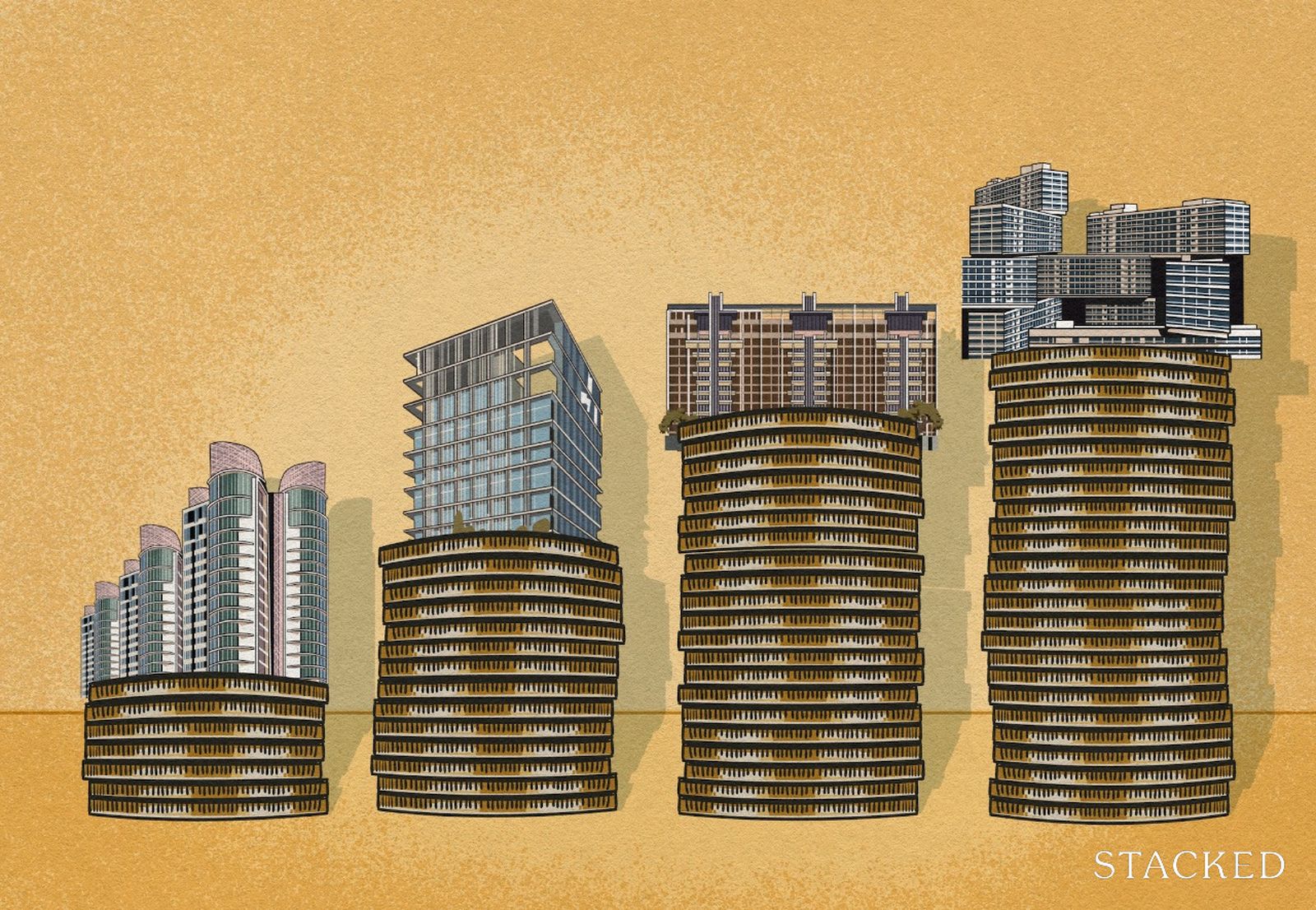
Editor's Pick Which Condos Made the Most Money In Singapore Over the Past 10 Years? The Results May Surprise You
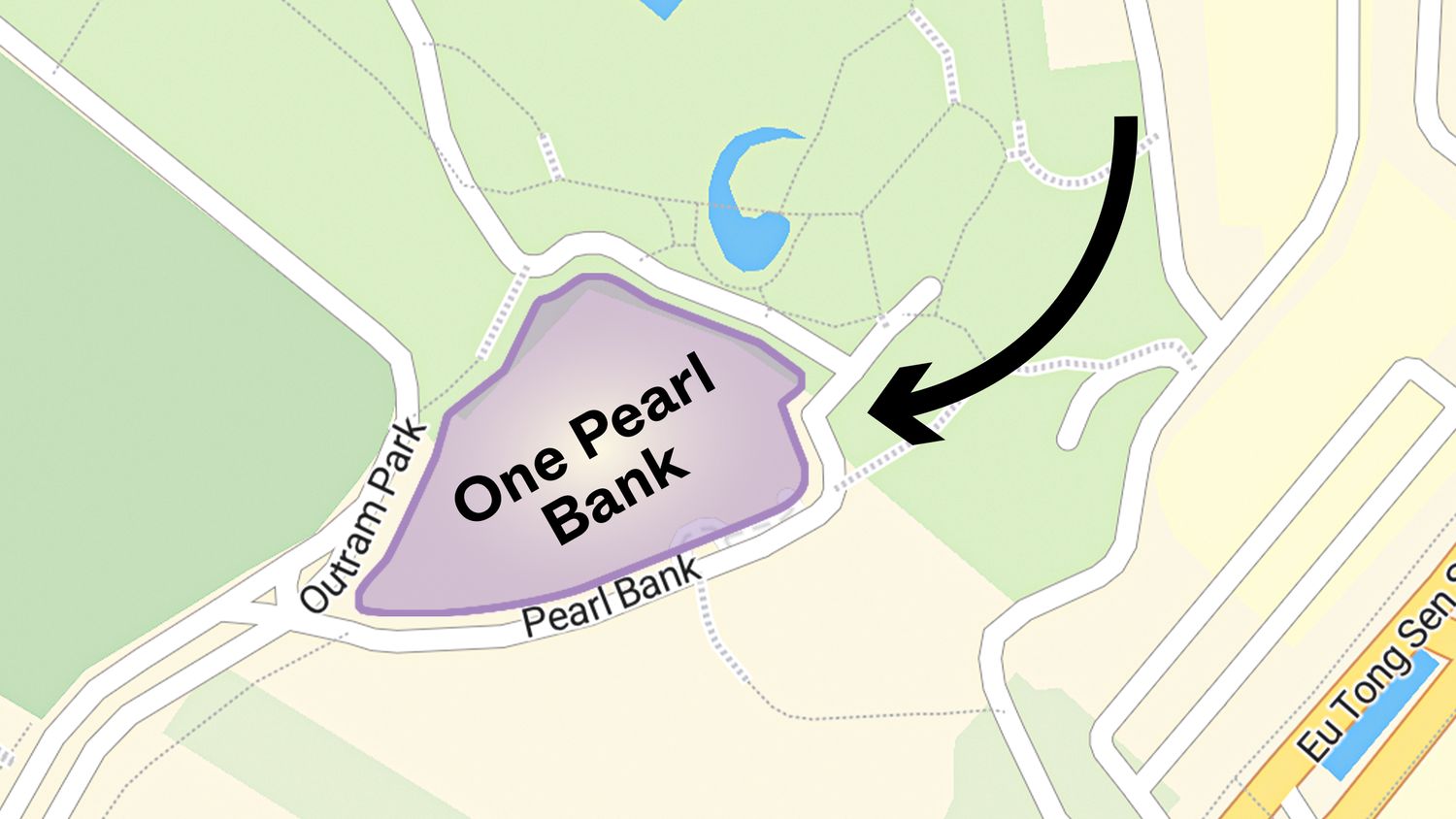
Pro Why This Iconic Hilltop Condo Near Three MRT Lines Is Underperforming
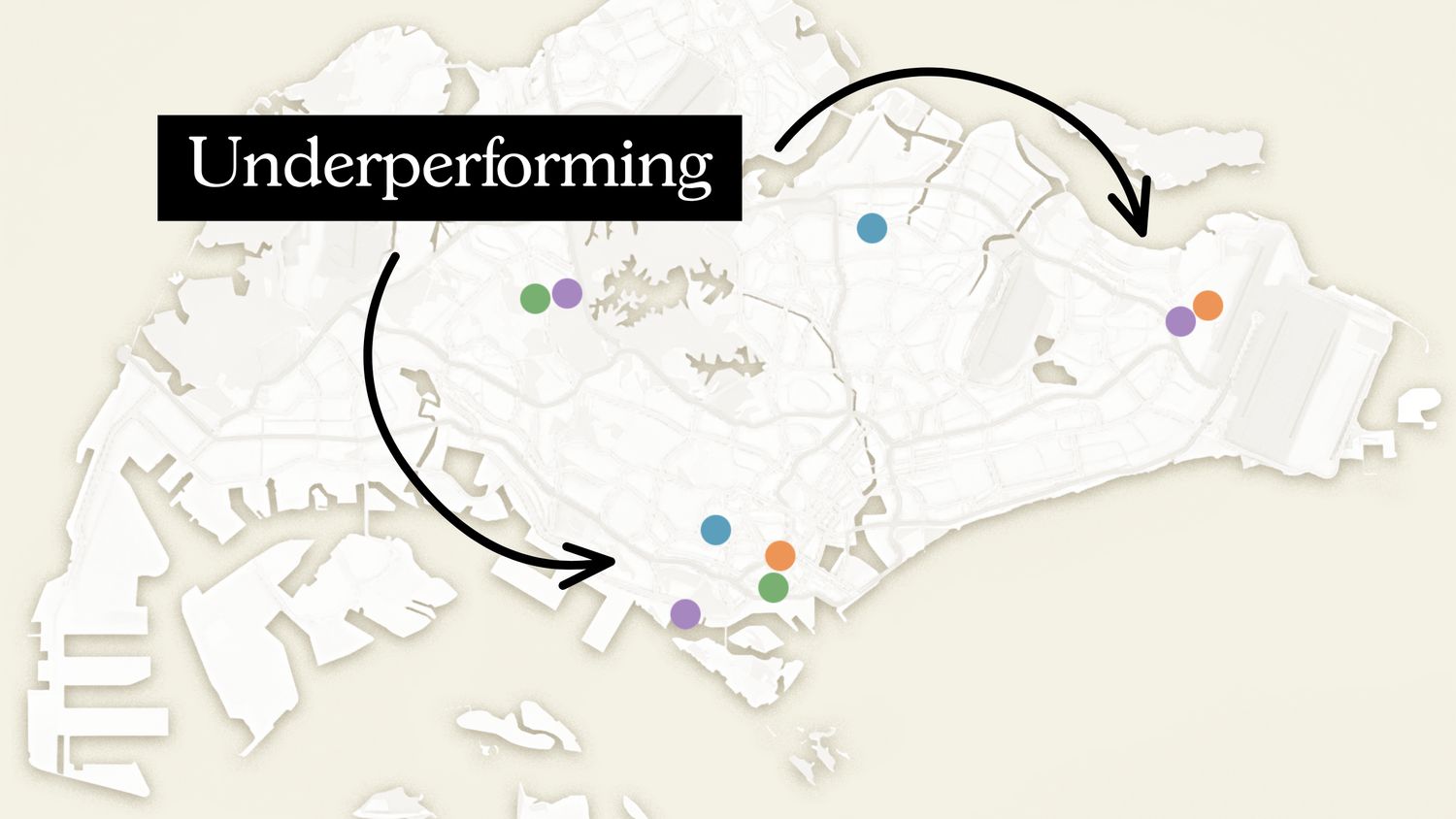
Editor's Pick These Singapore Condos Had Good Locations But Modest Gains — Here’s Why They Still Underperformed the Market
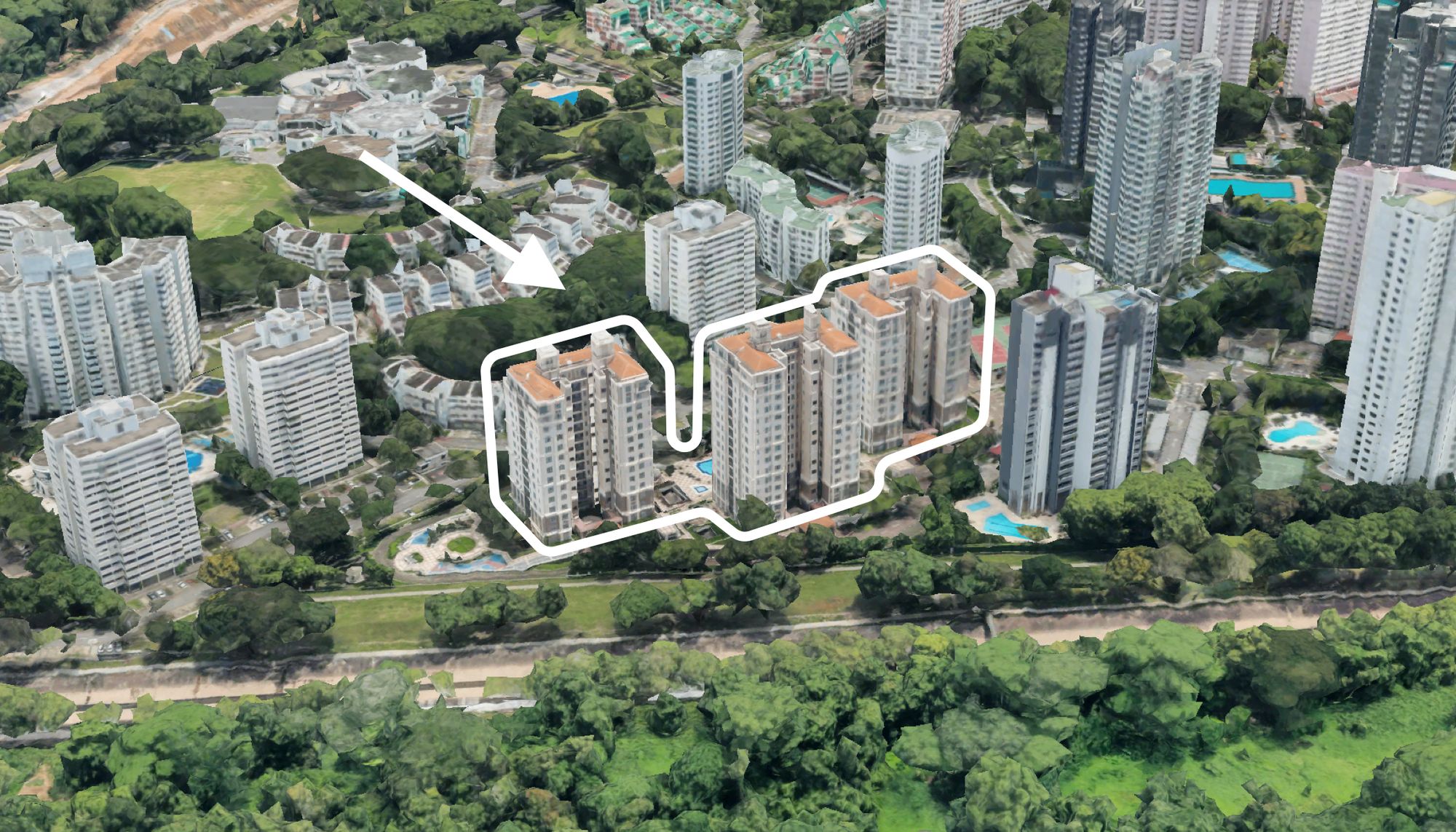
On The Market We Found The Cheapest 3-Bedroom Condos in Bukit Timah Near Top Schools (From $1.63M)
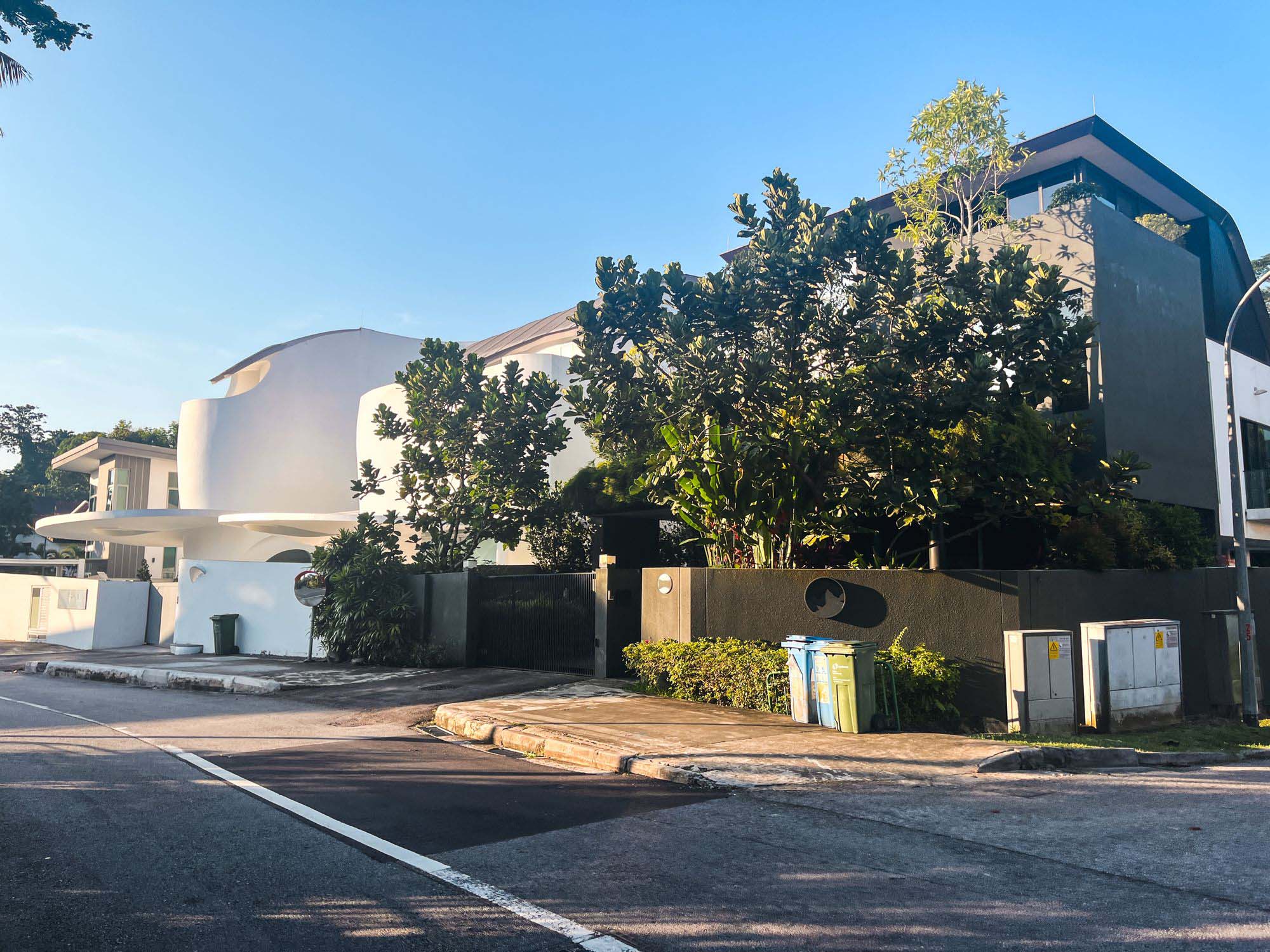
Editor's Pick I Toured One of Singapore’s Priciest Landed Enclaves, Where Recent Sales Have Crossed $20 Million
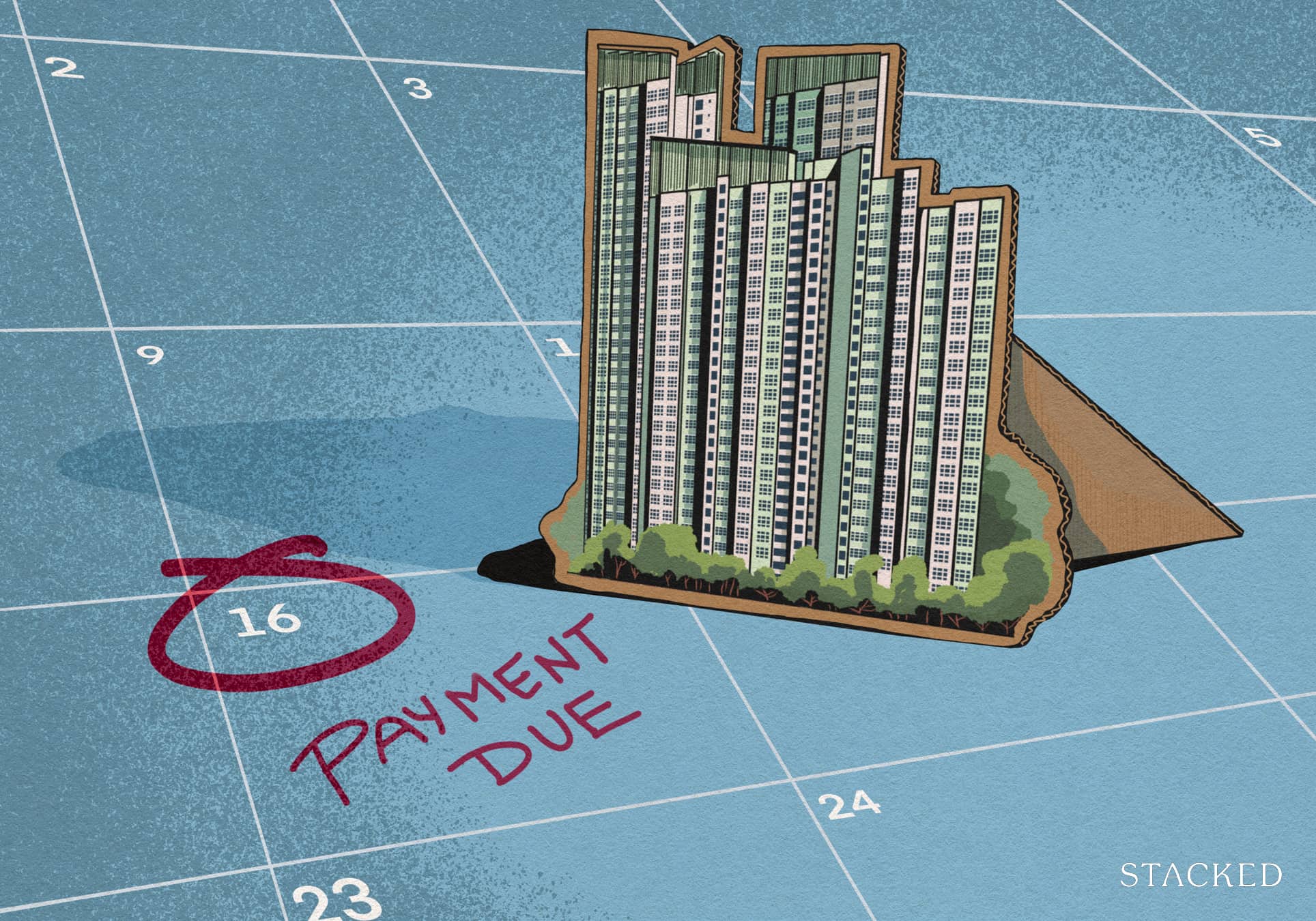
Singapore Property News Why More HDB Owners Are Suddenly Refinancing Again in 2025
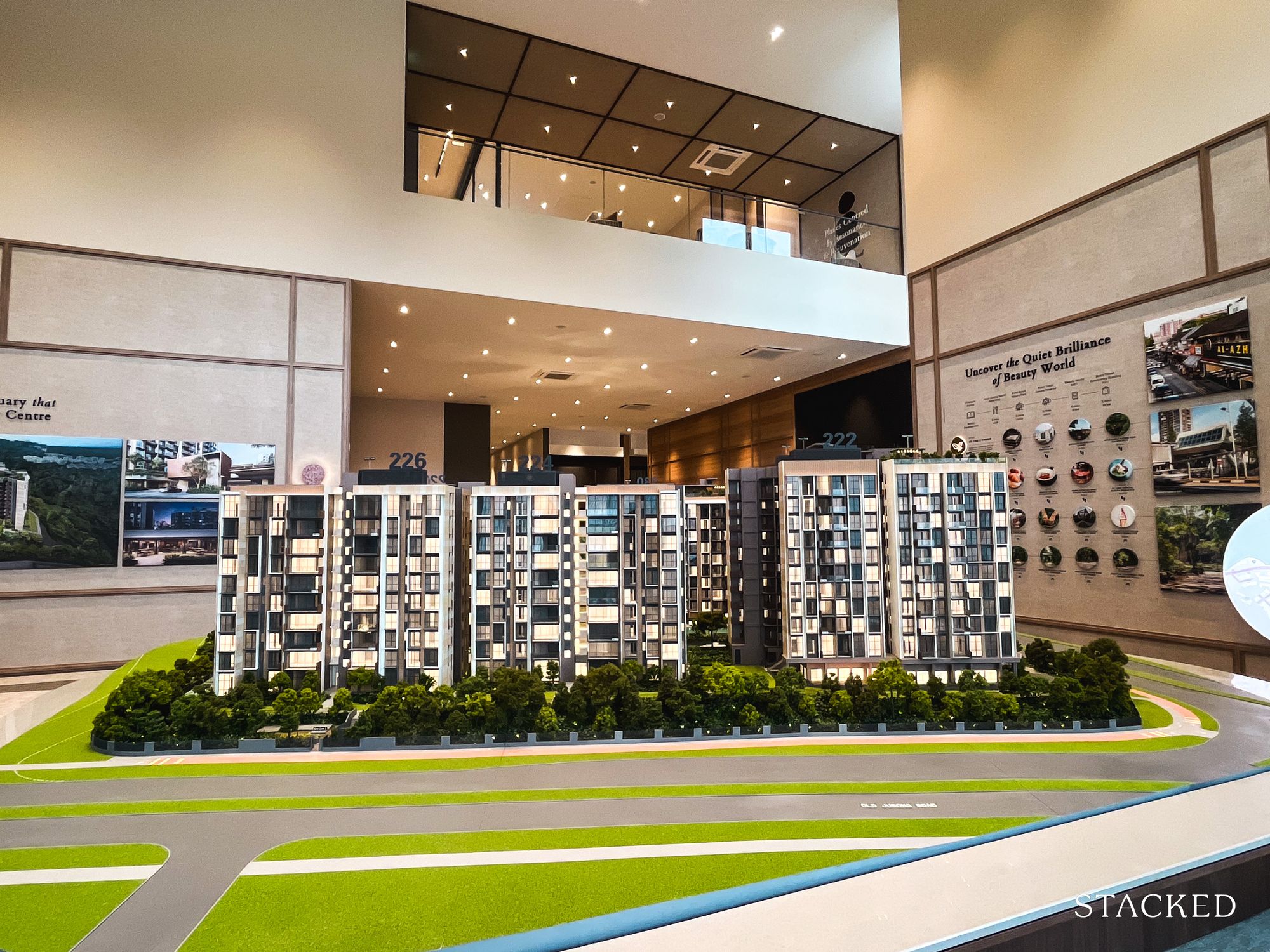
Editor's Pick The Sen Condo Review: Great 2-Bedroom Layouts And Full Facilities Priced From $1.499m

Singapore Property News This 38-Year-Old Bishan HDB Maisonette Just Sold For $1.6M — Here’s Why Buyers Still Paid Up
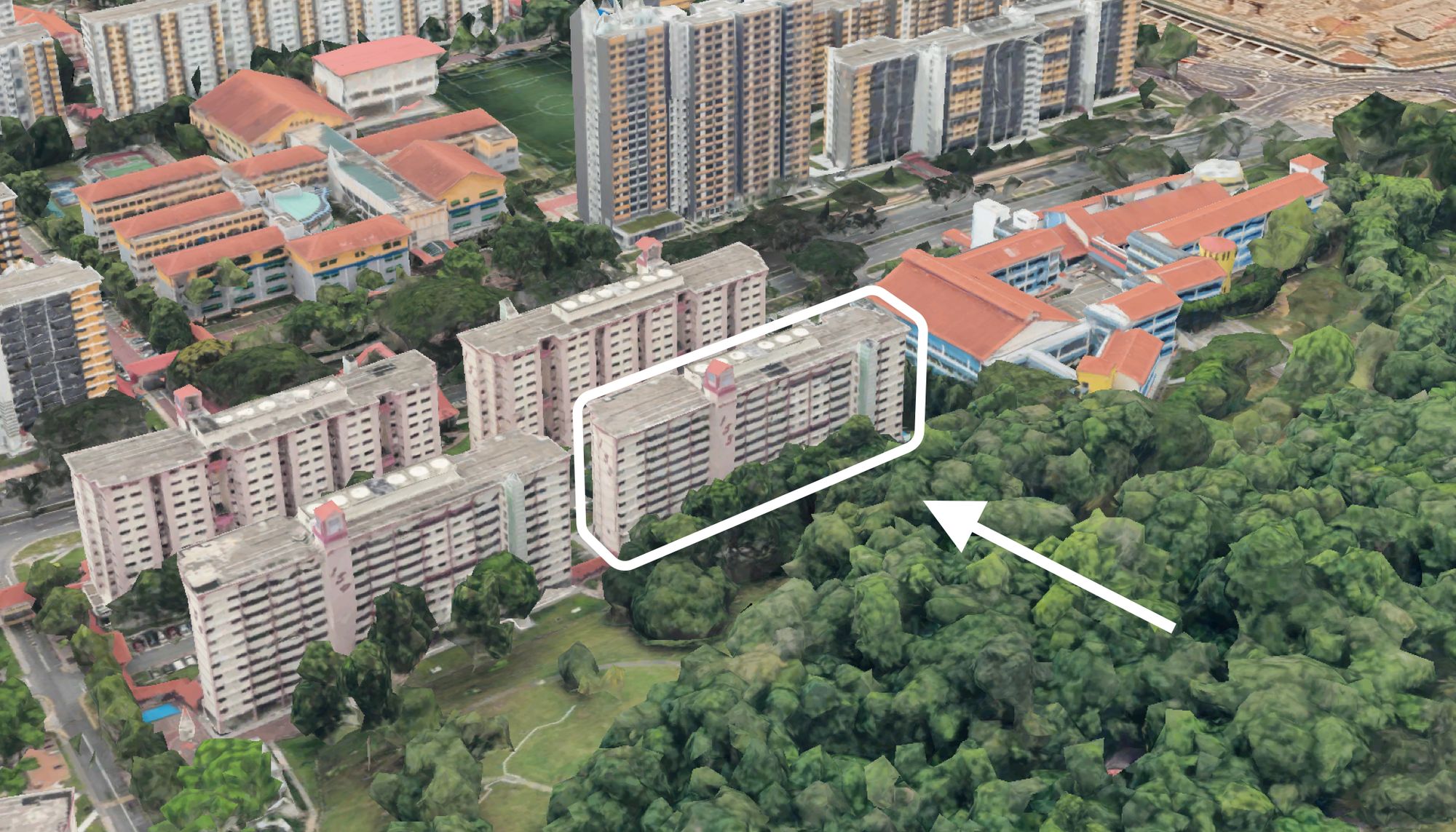
On The Market We Found 5 Rare Jumbo HDB Flats You Can Still Buy In 2025 From $980K
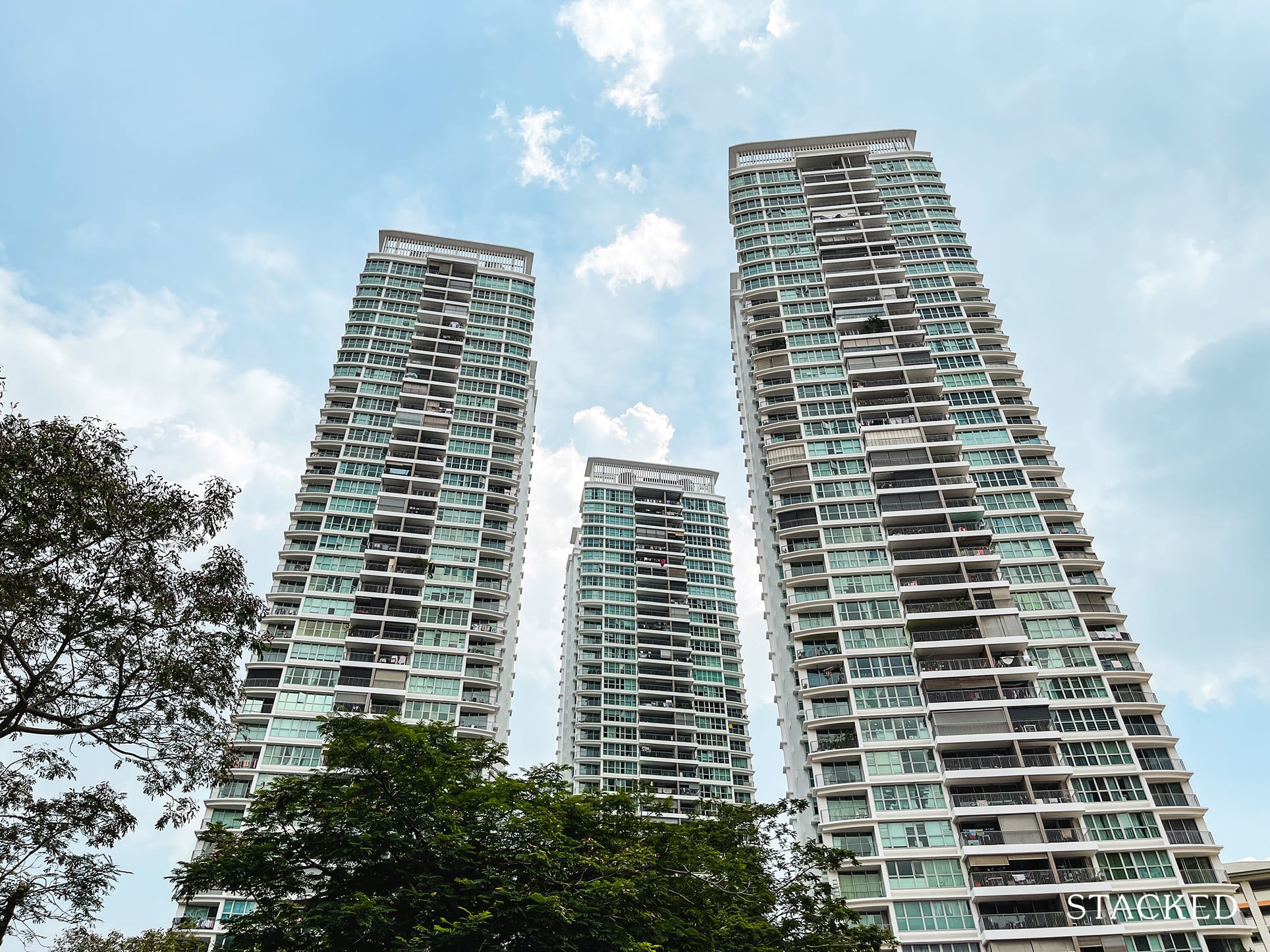
Singapore Property News A 4-Room HDB In Bishan Just Sold For A Record $1.25M: Here’s How Much The Owners Could Have Made
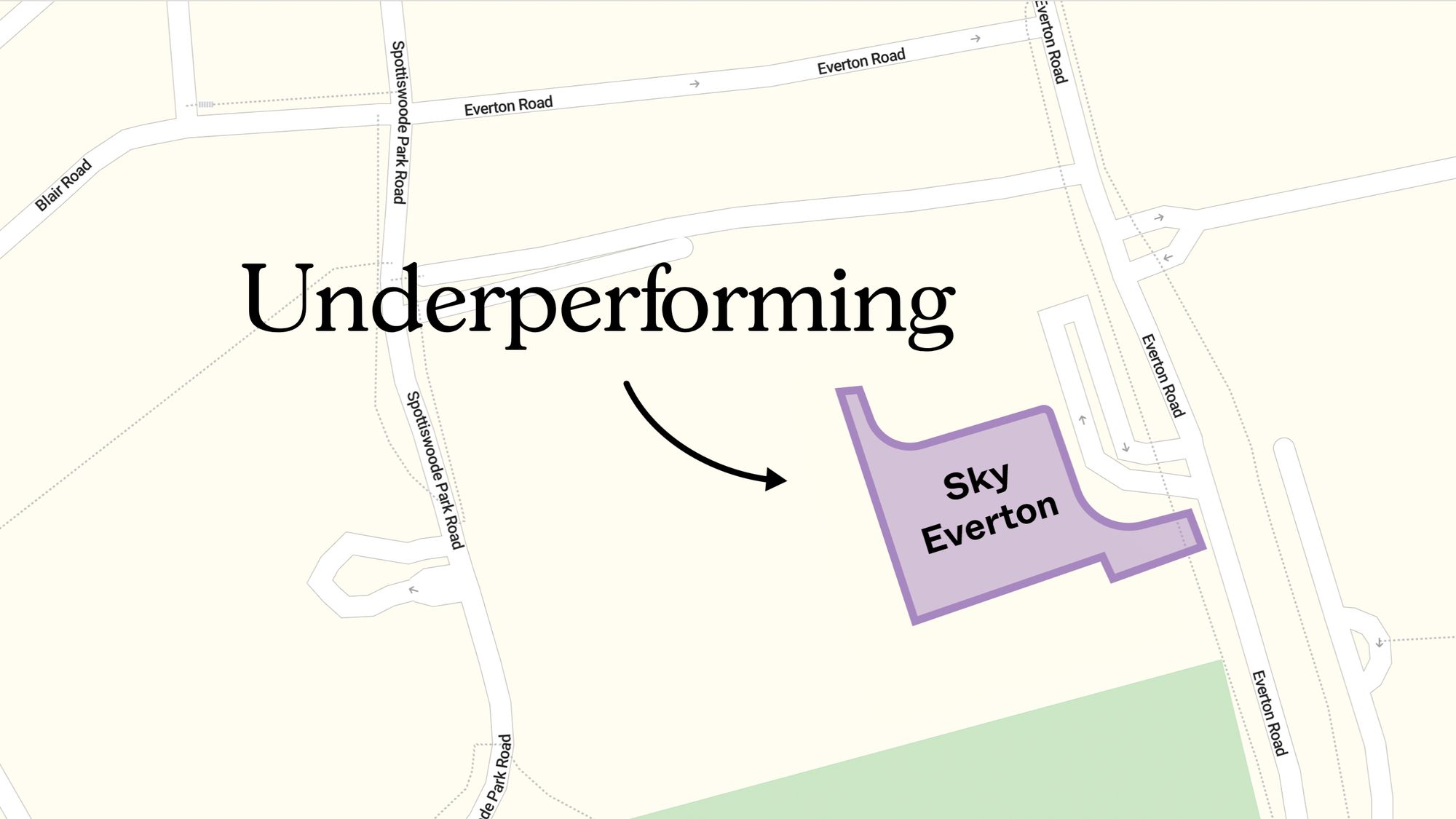
Pro Freehold And Well-Located — Yet This City-Centre Condo Still Underperformed. Here’s Why

Property Market Commentary 50 New Launches With Remaining Units in 2025 (From $1,654 PSF)

Singapore Property News A Rare $350M Land Plot Big Enough for 60 Bungalows Just Hit the Market In Singapore
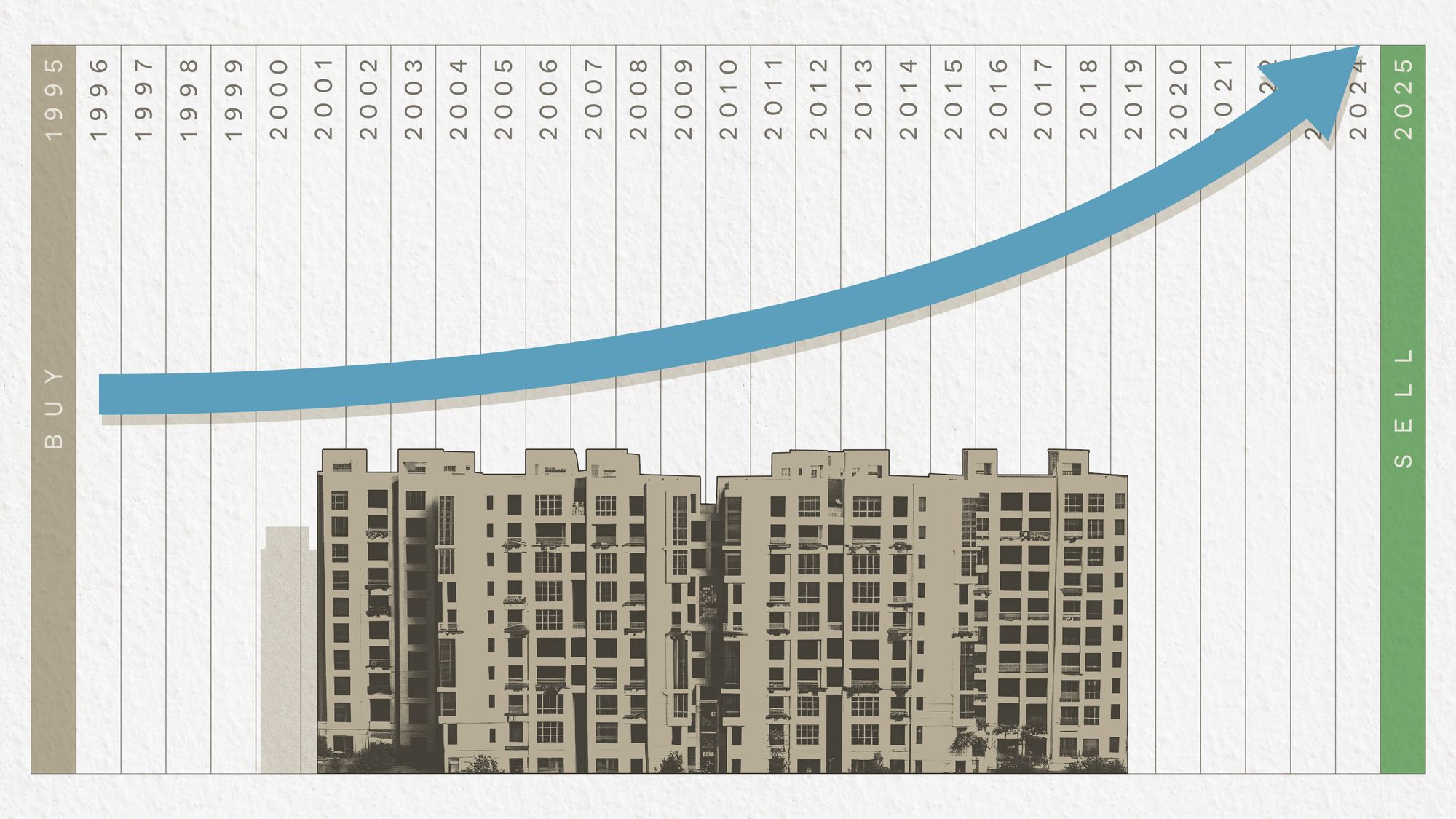
Editor's Pick Why Condos Bought 20 Years Ago Are Now Netting Up to $8.5 Million in Profit In Singapore
